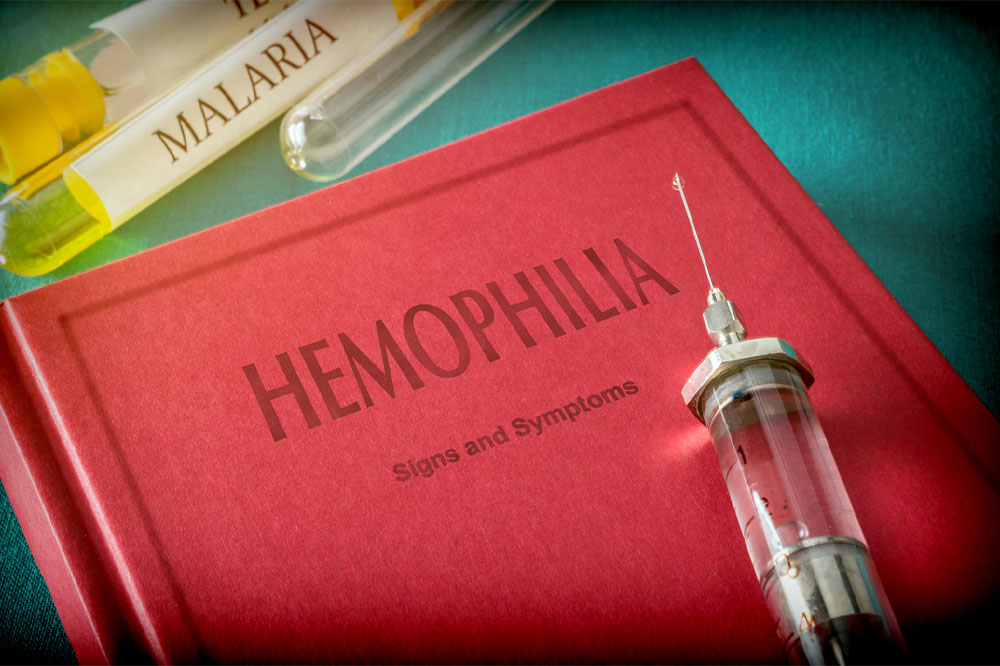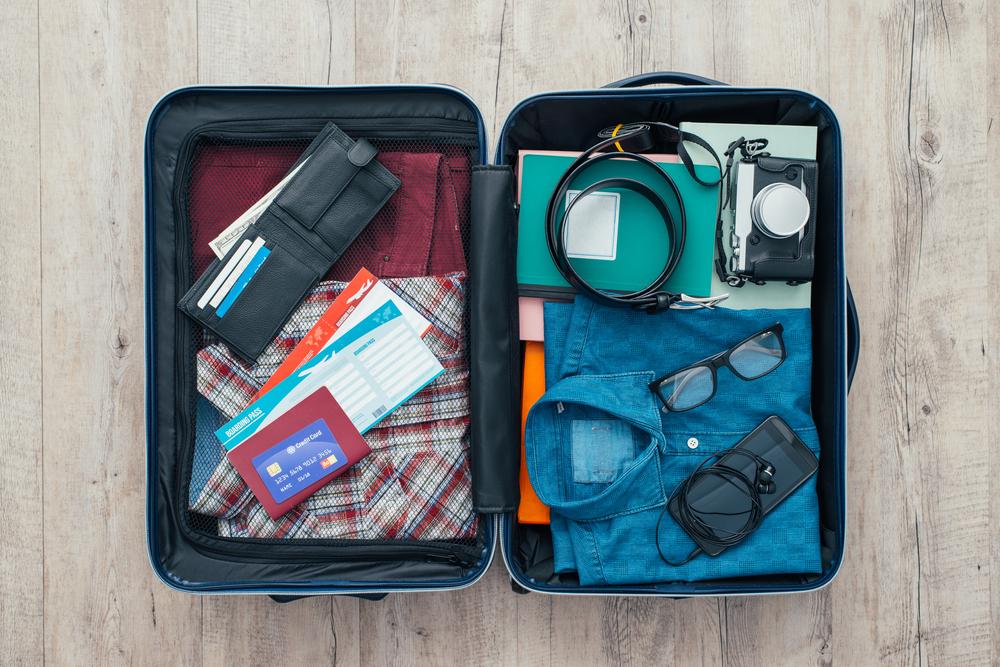Essential Travel Tips for Individuals with Hemophilia A
Traveling with hemophilia A requires careful preparation. This guide highlights essential precautions including consulting a doctor, packing a medical kit, maintaining medical records, and reviewing insurance. Proper planning ensures safety and peace of mind during your journey with this inherited bleeding disorder.

Important Travel Guidelines for Hemophilia A Patients
Hemophilia A is a rare inherited bleeding disorder caused by a deficiency of factor VIII, a protein that helps blood clot. It affects approximately 12 per 100,000 males, according to the CDC. Managing this condition during travel requires careful planning and precautions to prevent bleeding episodes and ensure safety. Patients should consult healthcare providers before journeying to assess risks and necessary preparations.
Consult a Healthcare Professional
Before traveling, speak with a specialist to evaluate if the trip is safe based on your condition's severity. A medical professional can advise on necessary treatments and precautions.
Traveling with vaccinations like hepatitis A and B is recommended for added protection. It’s also wise to obtain a medical travel letter explaining your condition, which helps security personnel and medical teams at airports and hotels. This ensures access to emergency supplies and treatment if needed.
Prepare a Medical Kit
Pack all essential medications, including factor VIII vials, diluents, and reconstitution devices, in your carry-on. Label everything clearly to avoid X-ray exposure, and include disposable syringes, disinfectants, cotton, and disposal containers. Carry extra supplies to account for travel delays and emergencies. Keep a list of nearby hemophilia treatment centers (HTCs) along your route, which can be found online through national and international directories.
Carry Medical Information
Always have emergency contact details and a medical ID bracelet indicating hemophilia A. These are invaluable if you are unable to communicate or lose consciousness during an incident.
Review Travel and Health Insurance
Ensure that your travel and medical insurance policies are current and cover preexisting conditions like hemophilia A. Confirm coverage for hospital stays abroad, as healthcare costs can be high in foreign countries.










